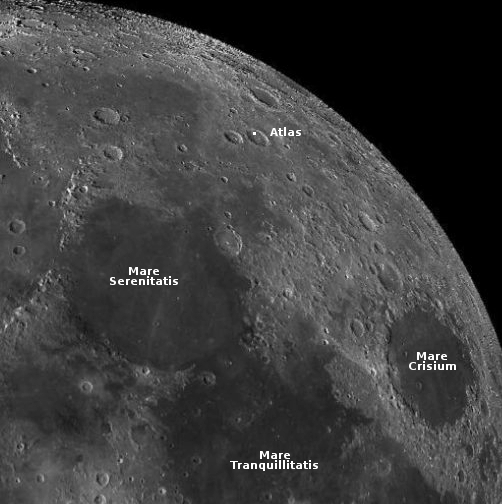Russia considering bringing Soyuz launched on February 23rd home earlier
According to unnamed sources in the Russian press, Roscosmos officials are considering bringing the Soyuz capsule launched on February 23rd to ISS back to Earth in June rather than September, while moving up the launch of the next Soyuz manned mission.
As noted by space journalist Anatoly Zak:
The existence of such plans indicated that specialists had still been concerned about the possibility of a critical leak in the thermal control system of the fresh crew vehicle similar to those that hit two previous transport ships. Such change in schedule would also debunk the official explanation of previous two accidents by Roskosmos and NASA as caused by meteors rather than production defects.
The two previous coolant leaks occurred about three months after launch. Bringing the Soyuz home in June would get it home in about three and a half months, suggesting the Russians are no longer confident their Soyuz and Progress spacecraft can withstand six months in space.
If this plan is adopted it will also put less strain on the crew slated to come home on that Soyuz. Their mission has been planned for six months. Extending it to a full year without any prior preparation risks serious health issues.
According to unnamed sources in the Russian press, Roscosmos officials are considering bringing the Soyuz capsule launched on February 23rd to ISS back to Earth in June rather than September, while moving up the launch of the next Soyuz manned mission.
As noted by space journalist Anatoly Zak:
The existence of such plans indicated that specialists had still been concerned about the possibility of a critical leak in the thermal control system of the fresh crew vehicle similar to those that hit two previous transport ships. Such change in schedule would also debunk the official explanation of previous two accidents by Roskosmos and NASA as caused by meteors rather than production defects.
The two previous coolant leaks occurred about three months after launch. Bringing the Soyuz home in June would get it home in about three and a half months, suggesting the Russians are no longer confident their Soyuz and Progress spacecraft can withstand six months in space.
If this plan is adopted it will also put less strain on the crew slated to come home on that Soyuz. Their mission has been planned for six months. Extending it to a full year without any prior preparation risks serious health issues.



